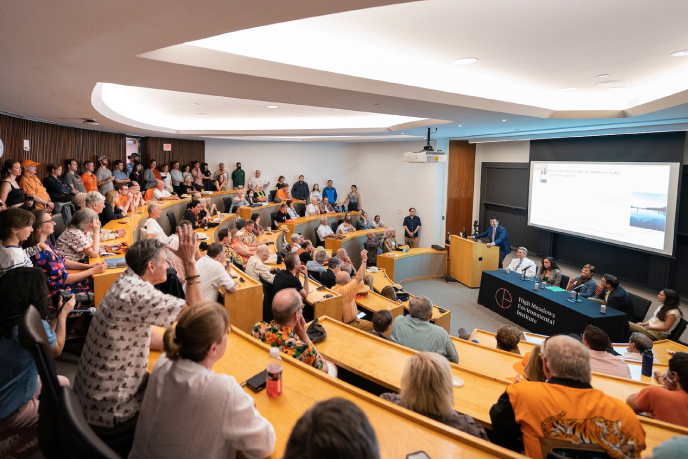Kelsey Brooks ’11
Ecology and Evolutionary Biology
Using the Past to Preserve the Future–The Role of Archives in the Global Strategy for Plant Conservation
The National Herbarium, housed at the National Museum of Natural History, contains approximately five million plant specimens. Currently, only a fraction of these specimens has been electronically catalogued, an important step in much of the research that is currently being done there. The project I worked on this summer was concerned with using the herbarium’s collection, once digitized, to expedite the Global Strategy for Plant Conservation’s goal of having a preliminary conservation assessment for all plant species by 2010. To accomplish this, an algorithm was developed by my advisor and his colleagues that uses the historical data present in the herbarium to determine current species abundance. The number of specimens in the collection, along with when and where they were collected, is used to filter each species into one of three categories: not threatened, possibly threatened, or extinct. By creating these rough distinctions this approach has the potential to more efficiently determine which species may be at risk and require the attention of conservationists.
My role in the project was to prepare the herbarium’s collection of West Indian Poaceae for analysis by digitizing the relevant information. During my ten weeks at the museum I was able to catalogue approximately 3,500 specimens. While this was only a portion of the herbarium’s West Indian Poaceae and the digitization of the family will have to be completed before it can be used, I am pleased to have spent my summer positively contributing to an effort that may improve global plant conservation practices.
2009
Sustainability
National Museum of Natural History, Washington, DC
Gary Krupnick, National Museum of Natural History



